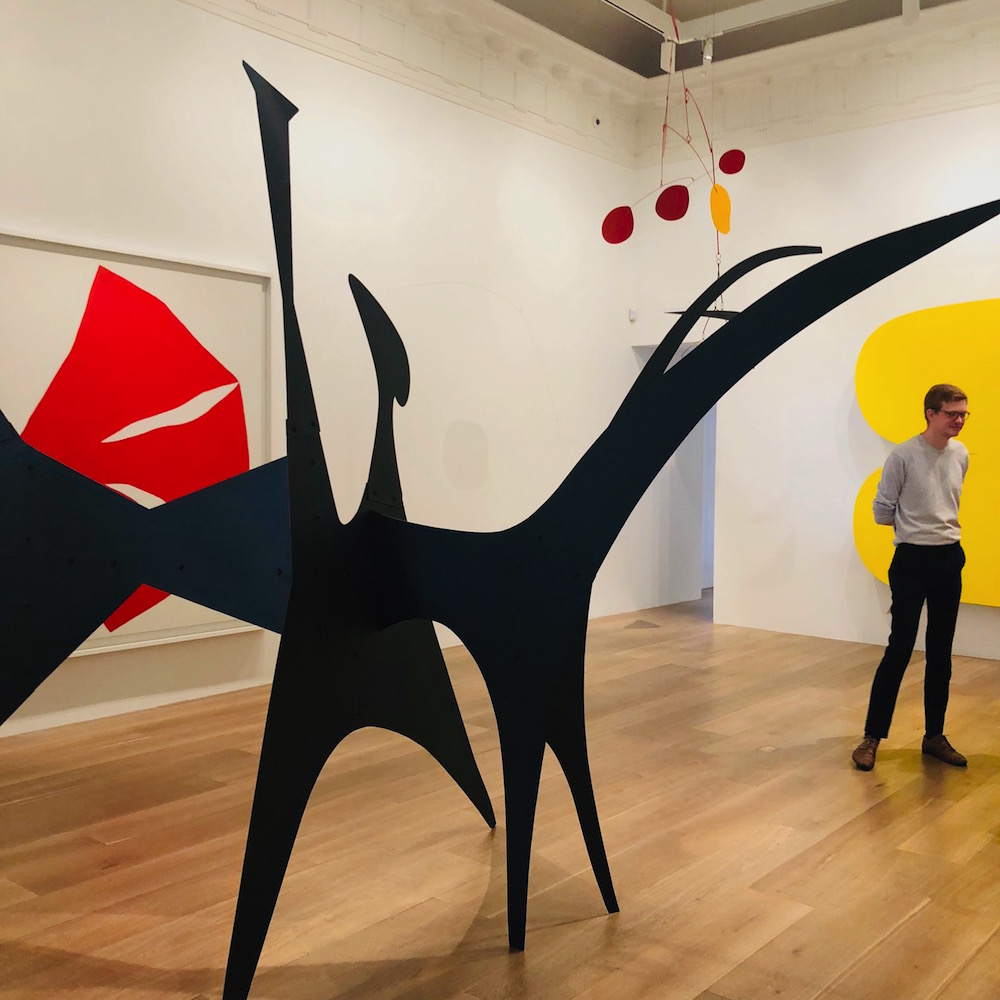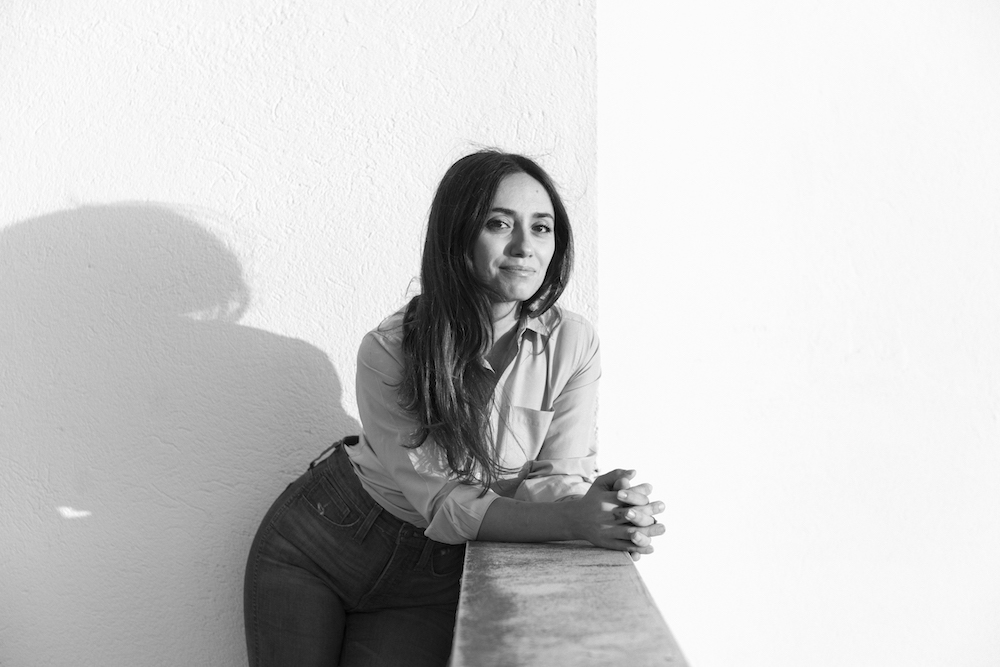
Still from Episode 1 (debut 11/18/18) of HBO’s My Brilliant Friend, “Le Bambole (The Dolls).” Photo: Eduardo Castaldo/HBO.
I tend to be suspicious of film and television adaptations of my favorite books. This might stem from a kind of jealousy—the slow unraveling of a narrative or the exact right word used for the exact right idea are part of the pleasures of literature, but sometimes, as a writer, I wish I could borrow from film the immediacy of a jump cut or image. So it was with some apprehension that I began to watch My Brilliant Friend, HBO’s new adaptation of Elena Ferrante’s Neapolitan novels. Would this first season—eight episodes in total, dedicated entirely to portraying the first novel in the series—water down the source material, with its unflinching look at the violence and poverty of postwar Naples and the simultaneous terror and joy of girlhood and female friendship? After devouring the first few episodes this past weekend, I can assure you that—so far—it does not. Rather, this is the rare adaptation that both hews closely to its source material and yet manages to escape any stiltedness. And while Ferrante’s novels remain first in my heart, there are moments in the television series—the visual shock of a red menstrual stain amid the otherwise muted color palette—that might work even better on film. —Rhian Sasseen
At a party recently, I nodded along to an anecdote about a critic’s deathbed utterance: “I am nothing.” My interloper’s point was that critics lead a negative existence; they’re parasitic and contribute nothing. Yes, but … this week I read two extraordinary reviews of a minisuite of new Lucia Berlin books: Evening in Paradise, a short-story collection, and Welcome Home, a memoir. Berlin is a fascinating figure—not difficult but, just like a woman, difficult to categorize. The New York Times Book Review enlisted none other than The Paris Review’s own online editor, Nadja Spiegelman, to write about the books, and the London Review of Books called on Patricia Lockwood for yet another knockout review in that bimonthly. As I settled myself against the pillows Wednesday night to treat myself to these reviews, I felt nearly spiritually grateful. I was able to appreciate the reestablishment of Berlin’s rightful place in the palace of American letters and the simultaneous rise of a new generation of bright young writers, because neither Spiegelman nor Lockwood are merely critics. Though they have their bite and display their talents as reviewers, they are memoirists both, and Lockwood is also a poet. “Homesick for Chile, she wrote to remember until each flower appeared in front of her,” Spiegelman says of Berlin’s motivation, and Lockwood calls Welcome Home “a little uncut ruby of a memoir.” In his first orbit, John Glenn described the celestial blessing of watching a sunset and a moonrise simultaneously. I think I know just what he means. —Julia Berick
The midcentury American masters Alexander Calder and Ellsworth Kelly, who in life were close friends, are once again in conversation on Manhattan’s Upper East Side, at Lévy Gorvy’s exhibition “Calder / Kelly,” on view through January 9. Please relinquish any doubt, gallery-goers, that visual surprises await you within. I let out an audible gasp upon entering the dazzling street-level gallery, which is dominated by Calder’s triumphant nine-foot-tall Black Beast (1940). This work looms large and doesn’t look like it would play well with others. But instead it’s kept in joyous company by the artist’s much beloved kinetic mobiles as well as by Kelly’s brilliant Yellow Curves (2014)—a painted aluminum wall sculpture that lights up the room like a mighty Chroma Color light bulb, despite its lack of wired electrics. Plant II (1949)—a small, striking oil on panel painted by Kelly a mere sixty-five years earlier—hangs near by. Unbelievably, this is the first major exhibition of the two landmark artists that seeks to explore their common interest in color and movement—and, just as compellingly, their shared fascination with the absence of color and movement. Brava to the curator, Veronica Roberts, who has seen to it that the three dozen paintings and sculptures in this show, each composed of strong, organic, distilled shapes, really sing to one another; the viewer experiences intentional shifts in mood from the playful to the profound. Poems by Dan Chiasson, Forrest Gander, and Simon Perchik in response to the exhibition are quite literally writ large on the stairwell walls that link the galleries, so be sure to skip the elevator as you explore the show. If you do, you’ll also be rewarded by oversize facsimiles of the artists’ correspondence with each other in the midfifties. These letters capture a moving exchange of mutual admiration and artistic support, addressing one another by their famed surnames. —Charlotte Strick
“You’re always in the garden. Even Jesus wasn’t always in the garden.” This admonishment comes about a third of the way through Paul Schrader’s new film, First Reformed, and is directed at the main character, Reverend Ernst Toller. The “garden” is a reference is to Jesus’s solitary suffering in the garden of Gethsemane, and our Reverend Toller is indeed always in the garden—he is also almost always alone in the largely unfurnished clergy house, tending to the historic First Reformed church and meticulously journaling, until a concerned parishioner asks him to council her husband, a climate-change activist with increasingly radical and violent ideas. The couple’s appearance in Toller’s life is like a spark to the dark gasoline pool of his soul, and the fire spreads quickly, consuming and eroding his internal life at a rate matched only by his nightly whiskey consumption. (He willfully ignores the painful signs of kidney failure, mixing Pepto-Bismol with booze.) Schrader’s character study of hopelessness and despair is a Frankenstein’s monster of sorts: Pastor Tomas Ericsson of Bergman’s Winter Light, Graham Greene’s “whisky priest,” the protagonist of Bresson’s Diary of a Country Priest, and Thomas Merton are all present, though only Merton is named. However, the humanity of Ethan Hawke’s performance saves his character from archetypal abstraction. For a man striving to occupy the cerebral realm, Toller’s existence is a physical one: the pain of an alcoholic’s slow death is on his face, in his jaw set against pain; he sits with his knees tucked up, arms folded in and across his chest, back hunched, as though folding in on himself. It’s a movie of concepts; not much actually happens until the incendiary final scene, but there are many conversations about the characters’ concerns. And yet I never felt like I was having anything explained to me, even during the low, rumbly voiceovers reading from Toller’s journal. First Reformed is a film about the psychological toll of powerlessness, specifically American powerlessness, and how the seeds of destruction are sown in the minds and hearts of those forgotten by American institutions. —Lauren Kane
“Mother is a circle—a complete and perfect hole.” From that void, the lyrical prose of Sophia Shalmiyev’s memoir, Mother Winter, splits open like layer after layer of an ornate matryoshka. With a mesmeric voice and scathing vulnerability, Shalmiyev peels her past down to its hollow core: the vacancy left by her absent mother. Her early memories of “Elena. Mother. Mama” as a child in Communist Leningrad are marked by chronic alcoholism and starvation: “men’s cologne to force down when out of vodka” and “thin blue veins on stark white breasts.” When Russia crumbles into capitalism and Shalmiyev and her father abandon Elena for a tumultuous journey to America, Shalmiyev starts to write letters to her mother on index cards to chronicle her life as an “American changeling.” One vignette at a time, she works hard to slough off her Russian accent, struggling to grow into an alien culture as well as her equally foreign adult body. Across time and geography, Shalmiyev stitches together the diffuse pieces of her fractured narrative in order to find out what it truly is that makes someone the right “type” of woman, the right “type” of mother—especially as she becomes a mother herself. —Madeline Day
from The Paris Review https://ift.tt/2RFSJF7


Comments
Post a Comment